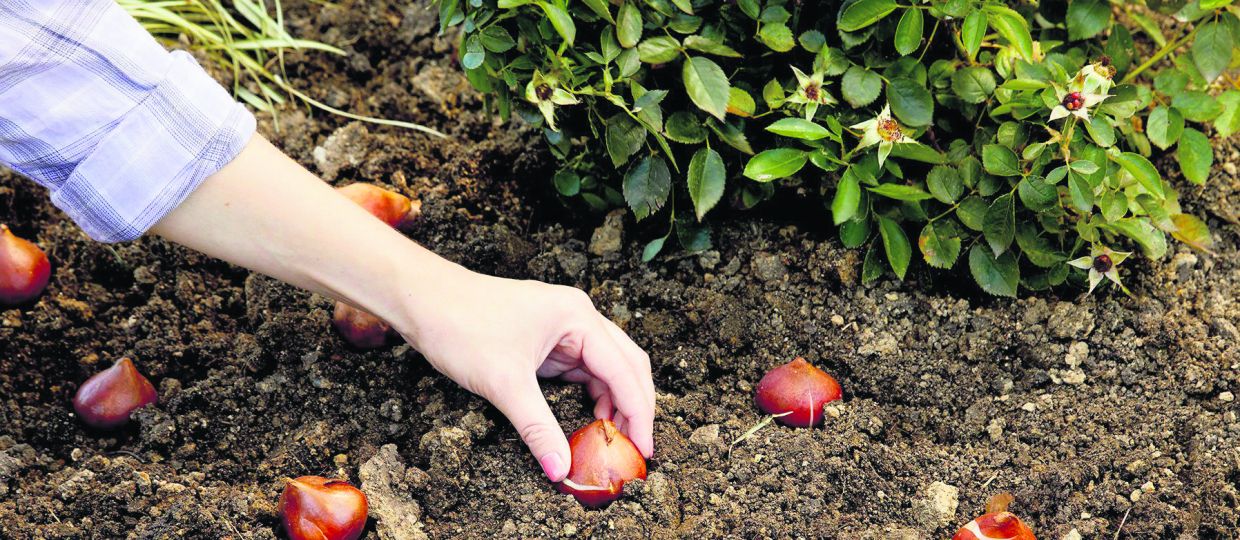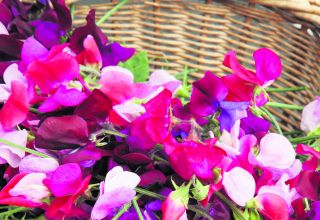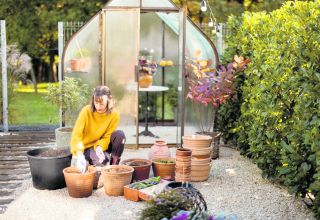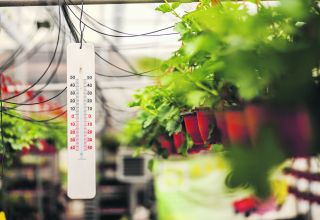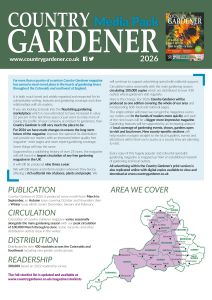As summer begins to wind down and autumn slowly edges in, September is a month of transition. With the heat of July and August fading and cooler temperatures settling in, this is a critical time to begin preparing for the colder months ahead while enjoying the last flourish of late summer blooms and harvests.
September’s to-do list is broad and varied, encompassing everything from planting spring bulbs and harvesting crops to general tidying and preparing soil.
So, September is a month of gentle endings and exciting beginnings. While many plants reach the end of their growing cycle, others are just being sown for winter or early spring. Taking time this month to tidy, plant, and prepare ensures that your garden will thrive in the months to come and burst into life again next spring.
From planting bulbs to dividing perennials, from sowing leafy greens to preparing compost, September offers a wealth of productive and rewarding tasks. Embrace the rhythm of the seasons and enjoy the cooler days in the garden—your plants (and wildlife visitors) will thank you for it.
1. Plant spring-flowering bulbs
One of the key tasks this month is planting spring-flowering bulbs such as daffodils, crocuses, and hyacinths. These need time to establish roots before winter and planting them now ensures a vibrant display come March and April. Choose firm, healthy bulbs and plant them two to three times their own depth. Bulbs are useful for adding colour to spring borders. Tulips come in all shades, from dark purple to white, and bloom at a time of year when many plants offer muted colours. Other bulbs, such as snowdrops and scillas, are some of the earliest flowering plants in the garden, brightening up the short days of very early spring. Most bulbs are bought and planted when dry, in a dormant, leafless, rootless state. Plant as soon as possible. They may flower poorly following later than recommended planting or after lengthy storage.
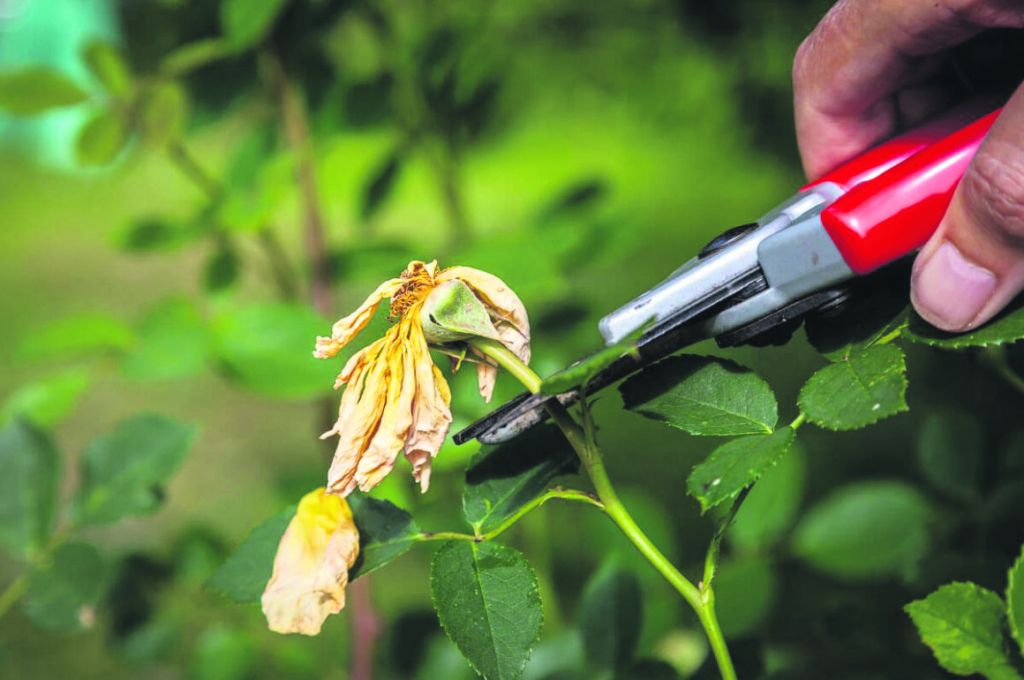
2. Deadheading is still a key job
Continue deadheading faded flowers to encourage a final flush of blooms and tidy up the garden. Deadhead repeat-flowering rose varieties and remove any diseased foliage. Prune English lavender (Lavandula angustifolia) after flowering to keep it compact. Cut back spent perennials unless you want to leave seedheads for birds or winter interest.
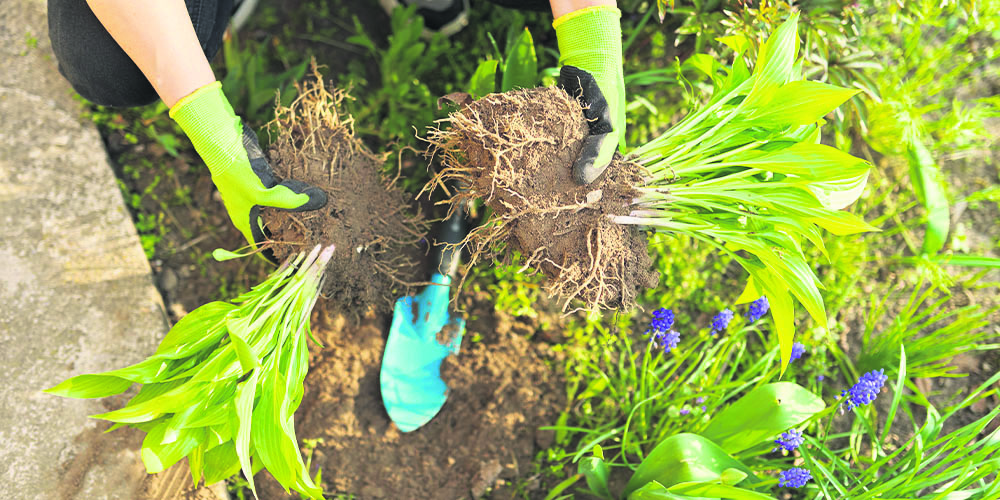
3. Divide those perennials
As clumps become congested, this is an ideal time to lift and divide herbaceous perennials like geraniums, hostas, and daylilies. Dividing perennials regularly will ensure healthy, vigorous plants that will continue to perform year after year. It also offers the opportunity to multiply your plants. Plants can be divided successfully at almost any time if they are kept well-watered afterwards. However, division is most successful when the plants are not in active growth. Divide summer-flowering plants in early autumn when the soil is dry enough to work. In wet autumns, delay until spring. Spring is also better suited to plants that are a touch tender. Plants can be divided successfully at almost any time if they are kept well-watered afterwards.
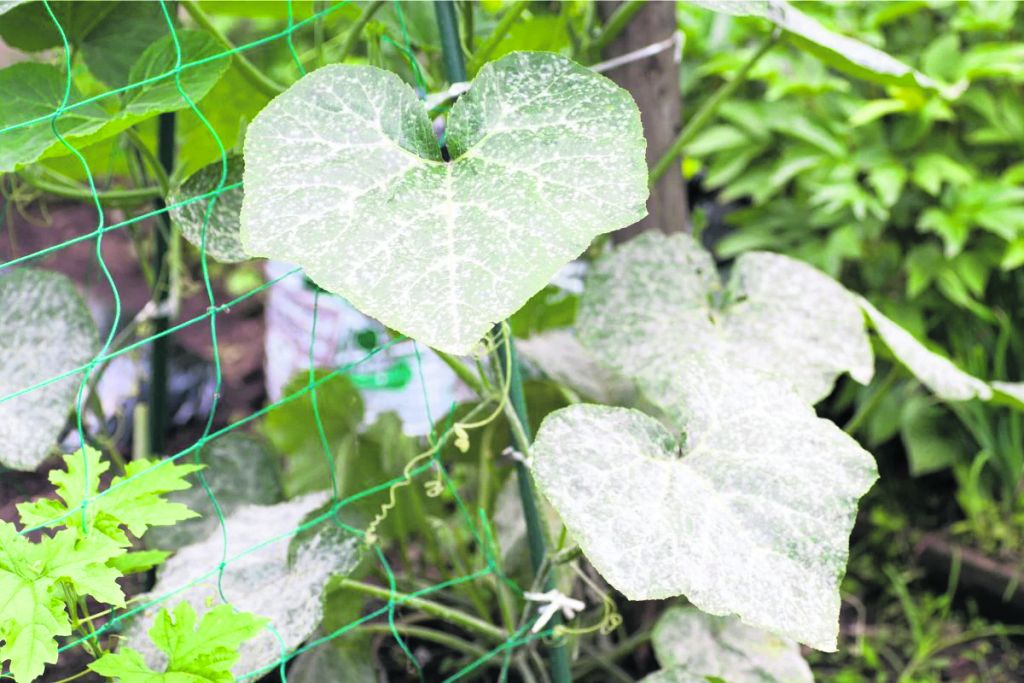
4. Watch out for powdery mildew
Powdery mildew often affects both ornamental and edible plants in early autumn. Water plants regularly to prevent the disease.
The white, powdery covering on leaves, stems, flowers or fruit gives powdery mildew disease its common name. All plants can be affected, and it is particularly prevalent in late summer.
Sometimes, though, the first symptoms you notice may be yellow or purple discolouration, falling leaves or general poor growth and distortion.
The good news is that powdery mildew on one type of plant won’t generally spread to other unrelated plants.
Lush growth, dry roots, cool temperatures, damp air, poor air circulation and too much shade all encourage powdery mildew.
Avoid giving susceptible plants too much nitrogen-rich fertiliser (either organic or inorganic) which encourages lush growth.
Ensure plants, especially those in containers or growing close to walls, fences or trees, have adequate water.
Shade the roots of climbers such as honeysuckle and clematis so their roots stay moist.
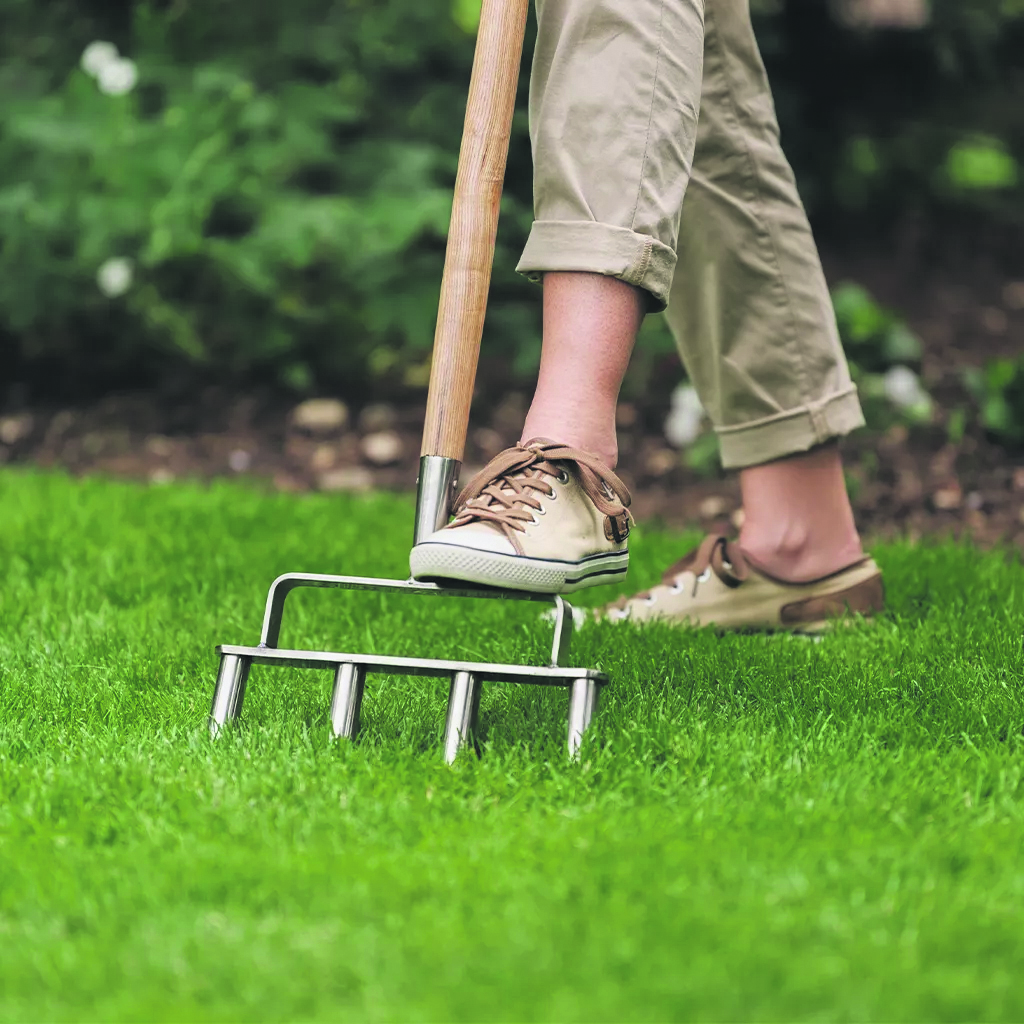
5. Lawn care in September
September is an excellent month for lawn maintenance, as the cooler, wetter weather supports new grass growth. Remove thatch and moss buildup using a spring-tine rake or a mechanical scarifier. This helps air and water reach the roots. Use a garden fork or hollow-tine aerator to relieve compaction, especially on high-traffic areas. Apply grass seed to bare patches and use an autumn lawn feed with low nitrogen and higher potassium/phosphorus to support root growth.
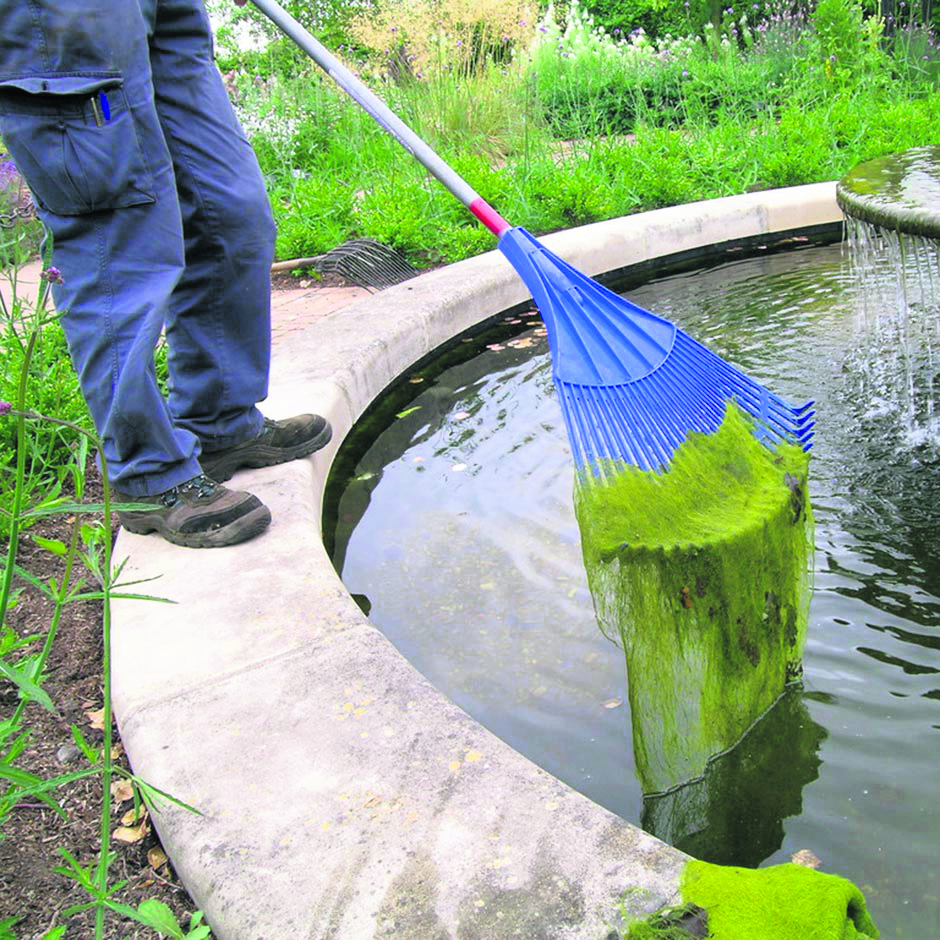
6. Keeping an eye on the pond
It’s worth keeping a regular check on your pond and the plants growing in and around it, to make sure everything is thriving and in balance. Pond plants can be quite vigorous, so may need controlling, or perhaps you want to add more. The water quality can decline, particularly in hot weather, and pondlife may need a little help, both in summer and winter. But just beware of too much intervention – it can upset the pond’s natural balance and deter wildlife. Ponds rarely need a complete clear-out, unless they’ve become extremely overgrown or silted up.
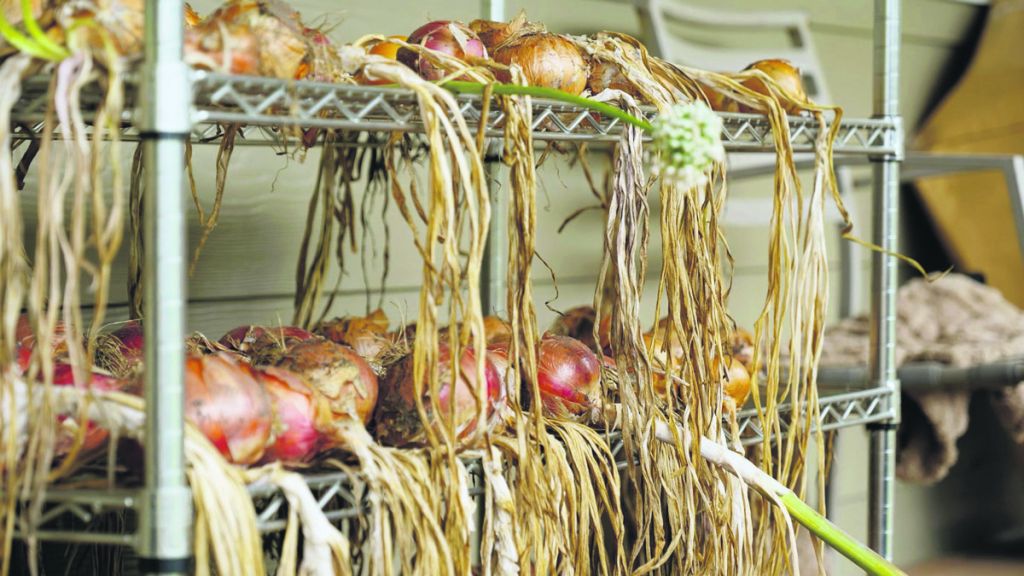
7. Lift and store onions
In the vegetable garden it’s a case of lifting and storing; with onions only the ripe bulbs will store well throughout the winter, so lift any remaining onion bulbs and place them in a spot with full sun to ripen them off thoroughly, if you have a glass frame in the garden you can use this as it will keep the rain off.
If you have tomato plants outside then cut off a few leaves to expose the fruit to the sun and they will ripen that much quicker.
Collect up some of the herbs in the garden – sage, parsley and thyme and dry them out or freeze them for use in the winter months.
8. Make late sowings
There is just time in the first week of September to sow spring onions and cabbage, either direct or in modules for planting outside in early October: sow three cabbage seeds per module, and thin to one or two; and up to 10 spring onion seeds per module to plant as a clump that you can gradually thin next spring as you harvest the onions. These will grow through the winter and give crops next year.
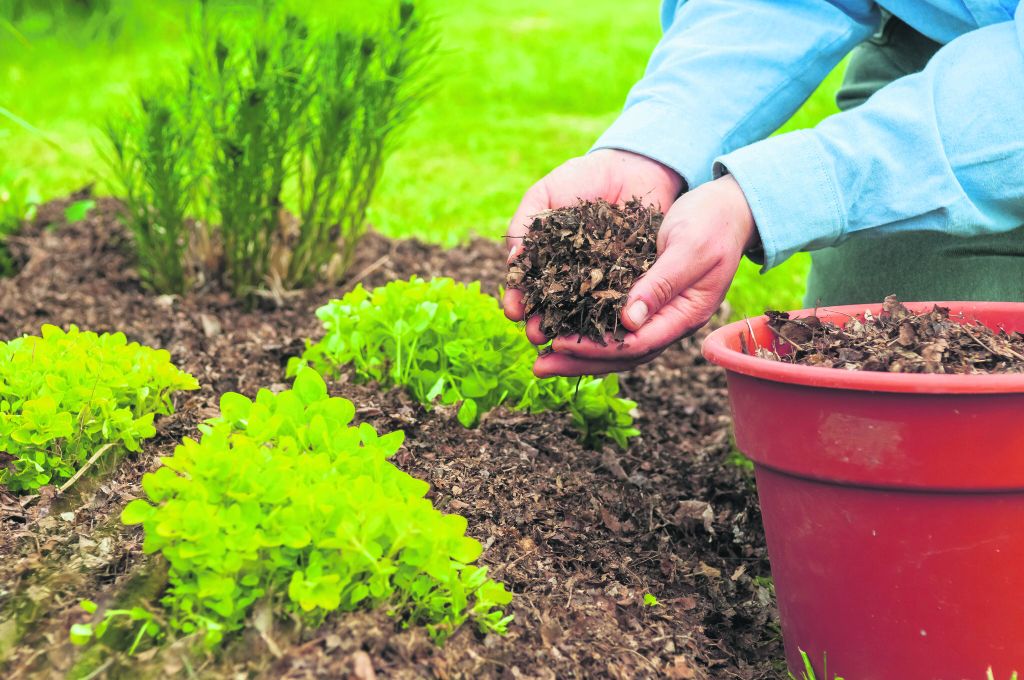
9. Apply mulch to protect plants
As the temperature drops it’s a good idea to protect border plants by mulching. It’s best to apply when the soil is damp or wet and make sure you weed first. It will help your soil from drying out, improve its texture and help protect the roots of tender plants such as dahlias or Verbena bonariensis from frost – a good two-inch layer is best.
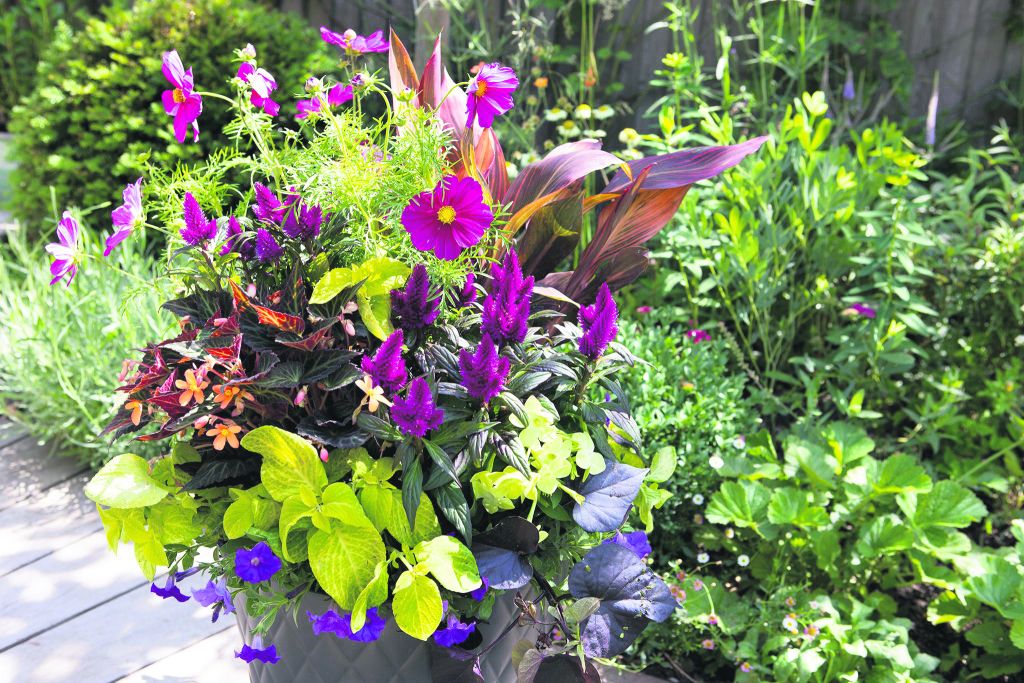
10. Keep the patio going
Enjoy the summer display right to the end by keeping your containers in shape.
Deadhead the plants regularly to encourage more blooms. If the weather is dry, give them a good soak and finally, give them an extra boost by feeding weekly with liquid fertiliser; controlled-release feeds will be running out of steam by now.
11. Inside the greenhouse
As light levels begin to decrease, it’s time to remove shading from the greenhouse. Shade netting can simply be removed and stored for next year, while shading paint needs to be rubbed off. Whichever type of shading you used, give the outside of the glass a thorough clean afterwards to let in the maximum amount of light.
Begin to bring in or prepare to protect tender perennials such as pelargoniums, fuchsias, and citrus trees before the first frosts. Remove algae and dirt from glazing to maximise light. Remember to disinfect staging, benches, and pots to reduce pest risks. Utilise the greenhouse to sow crops like lamb’s lettuce, oriental leaves, and early broad beans.
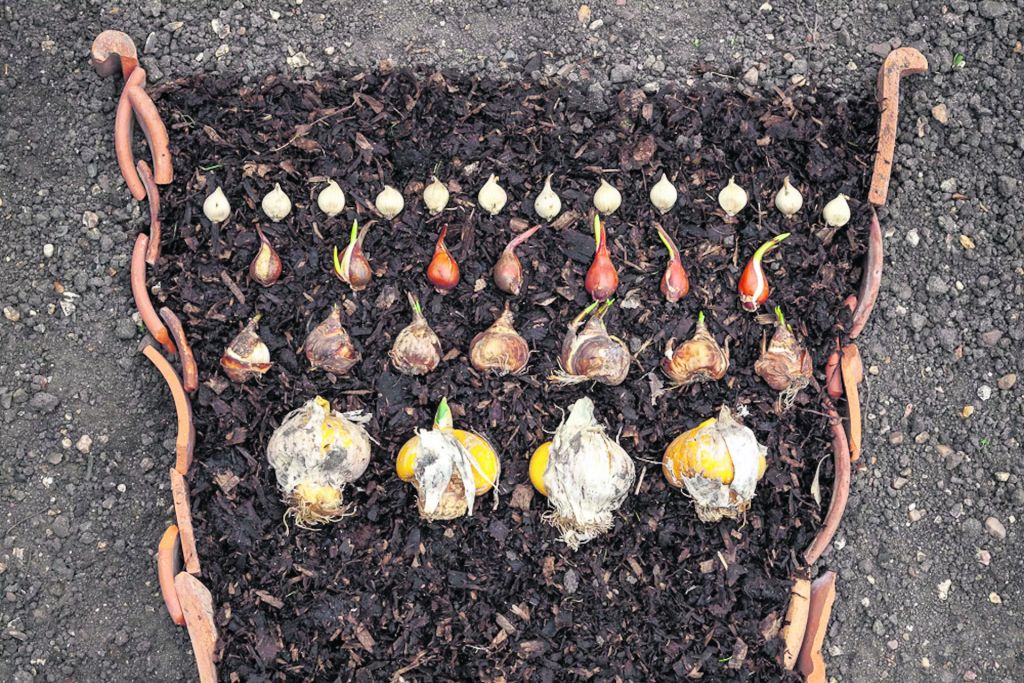
12. Try lasagne planting
Use containers to layer bulbs for a staggered display of flowers from early spring to late April.Bottom layer: tulips; middle: daffodils; top: crocus or snowdrops.
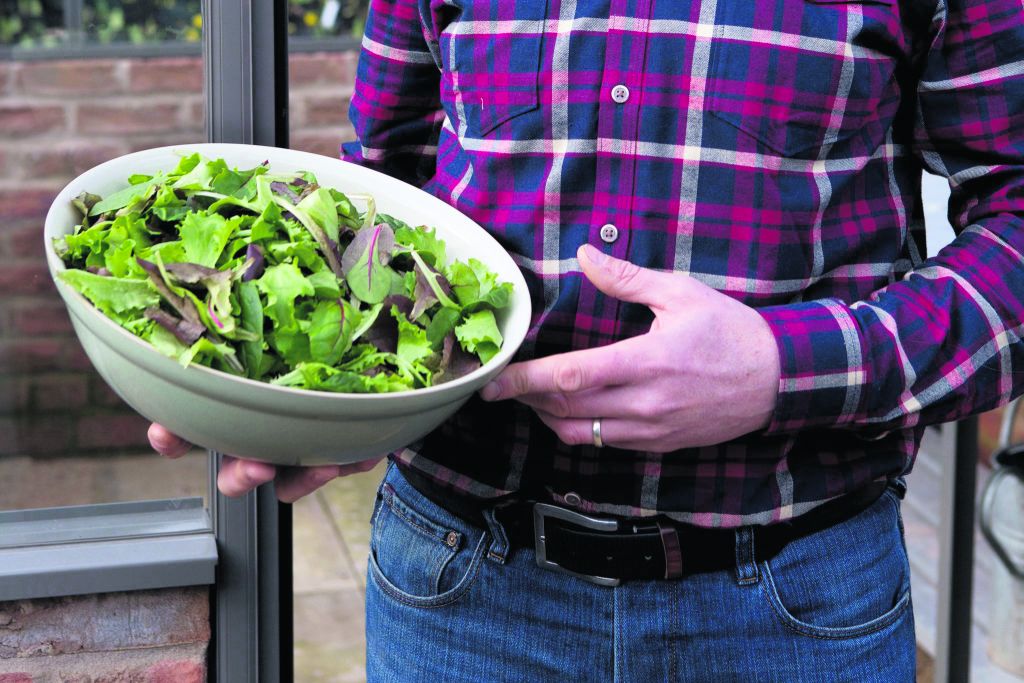
13. Keep in sowing winter salads
Early September is the best time to sow salad plants for harvests between November and early May. Grow them out of the worst of the weather under a protective covering, such as glass, polythene, fleece or insect-proof mesh. Although no extra heat is needed, without any protective covering harvests are small in winter and of lower quality.
Sow in modular trays using a good quality compost and then plant outside when they’re big enough to handle next month.
Winter salads to try:
- Chervil – sow asap for small harvests of fine flavour.
- Chicories and endives– small harvests of bitter and pretty leaves.
- Corn salad – for harvests from November to April.
- Lettuce – to stand as small plants then heart up in spring or for regular picking of outer leaves from November to May.
- Mizuna – for plentiful leaves in autumn and occasional winter harvests.
- Mustards – large leaves in mild weather.
- Salad rocket – crops in small amounts through the winter.
- Spinach ‘Medania’ – sow asap for small, steady and sweet harvests.
14. Sit down and plan ahead
Stock up on overwintering seeds, spring bulbs, and garlic or onion sets before retailers sell out. Take notes or photos of what worked, what didn’t, and areas to improve. Autumn is ideal for planning next year’s layout or new projects. While frost is still hopefully and weeks off in most areas, begin organising fleece, cloches, or cold frames to protect vulnerable plants.

